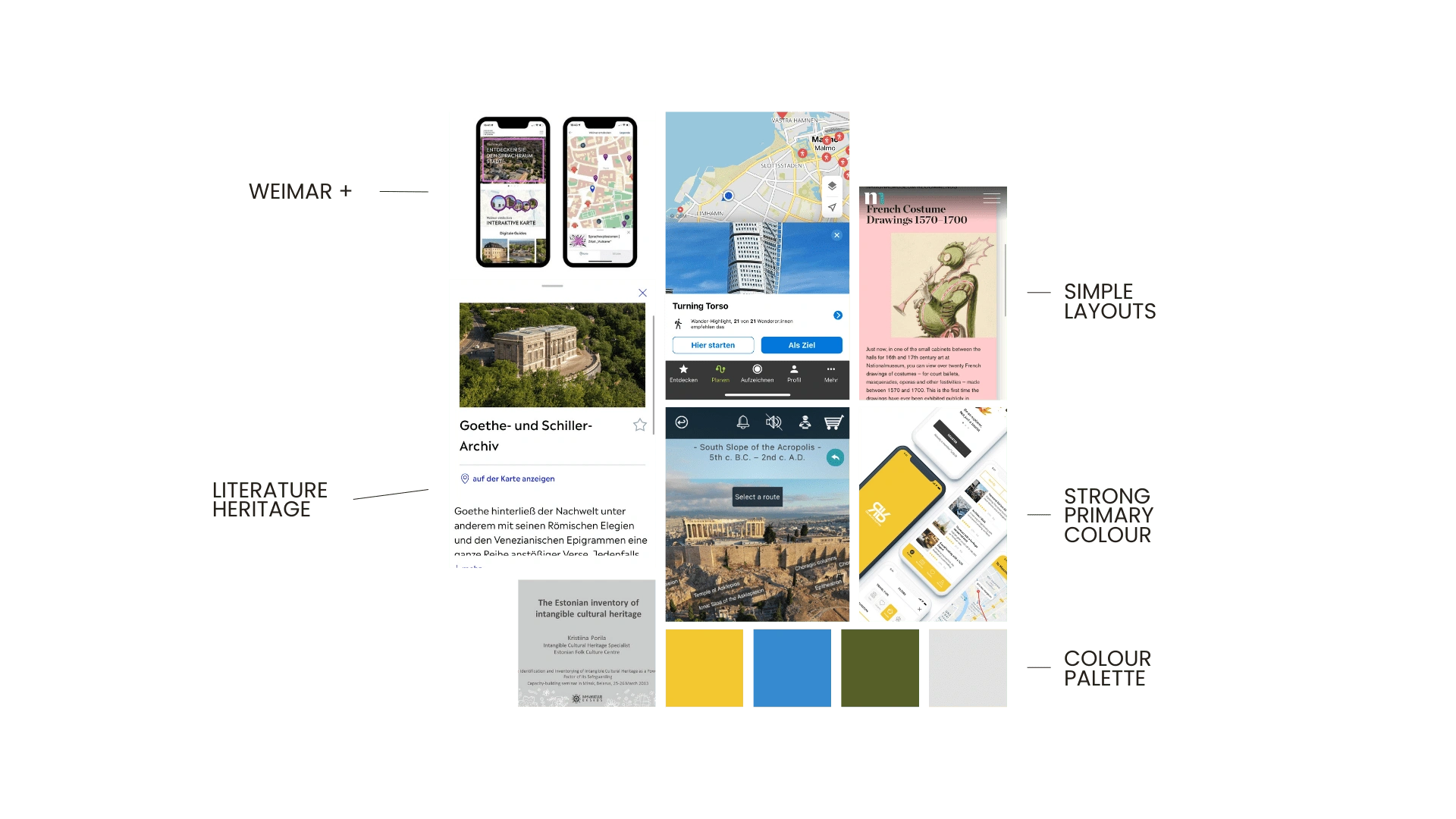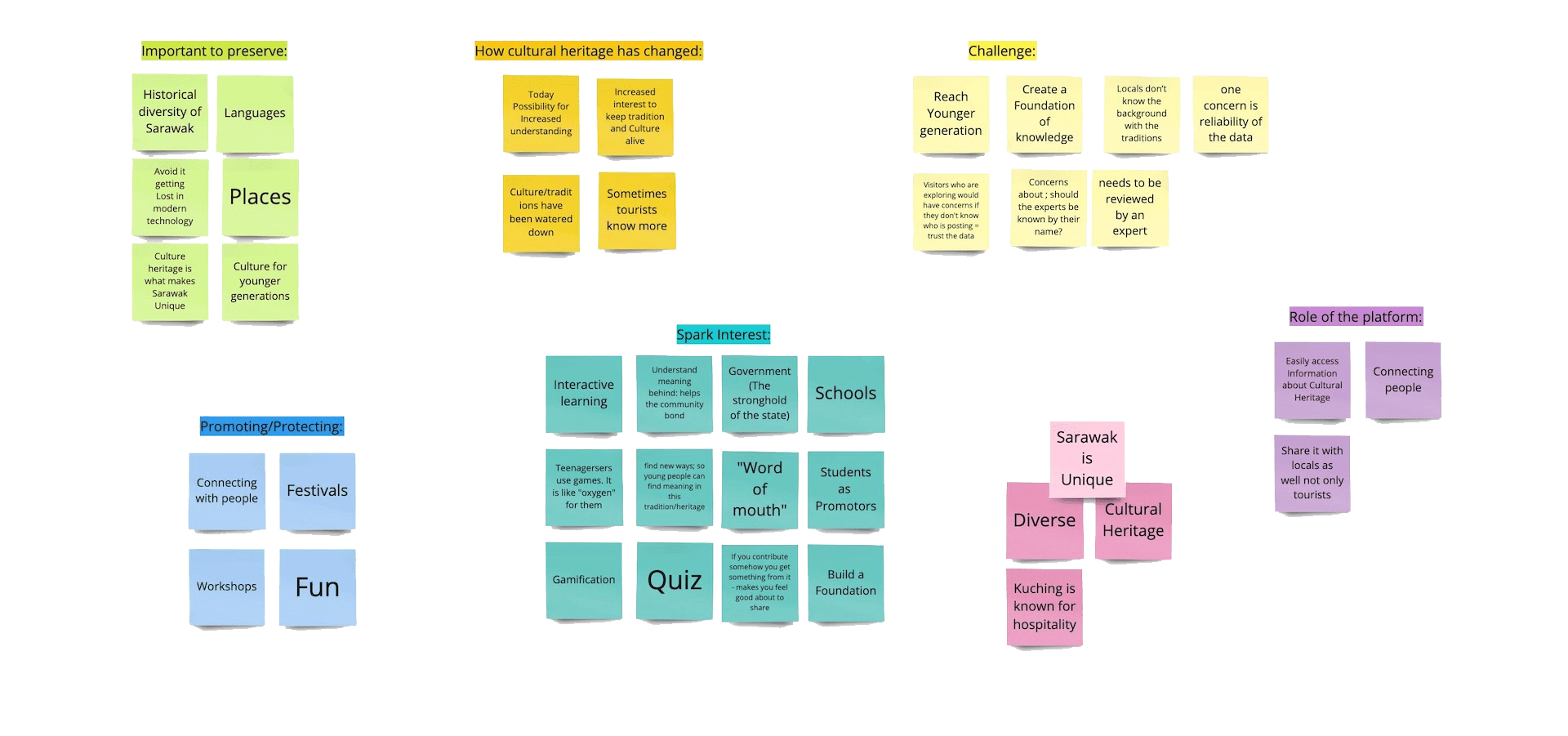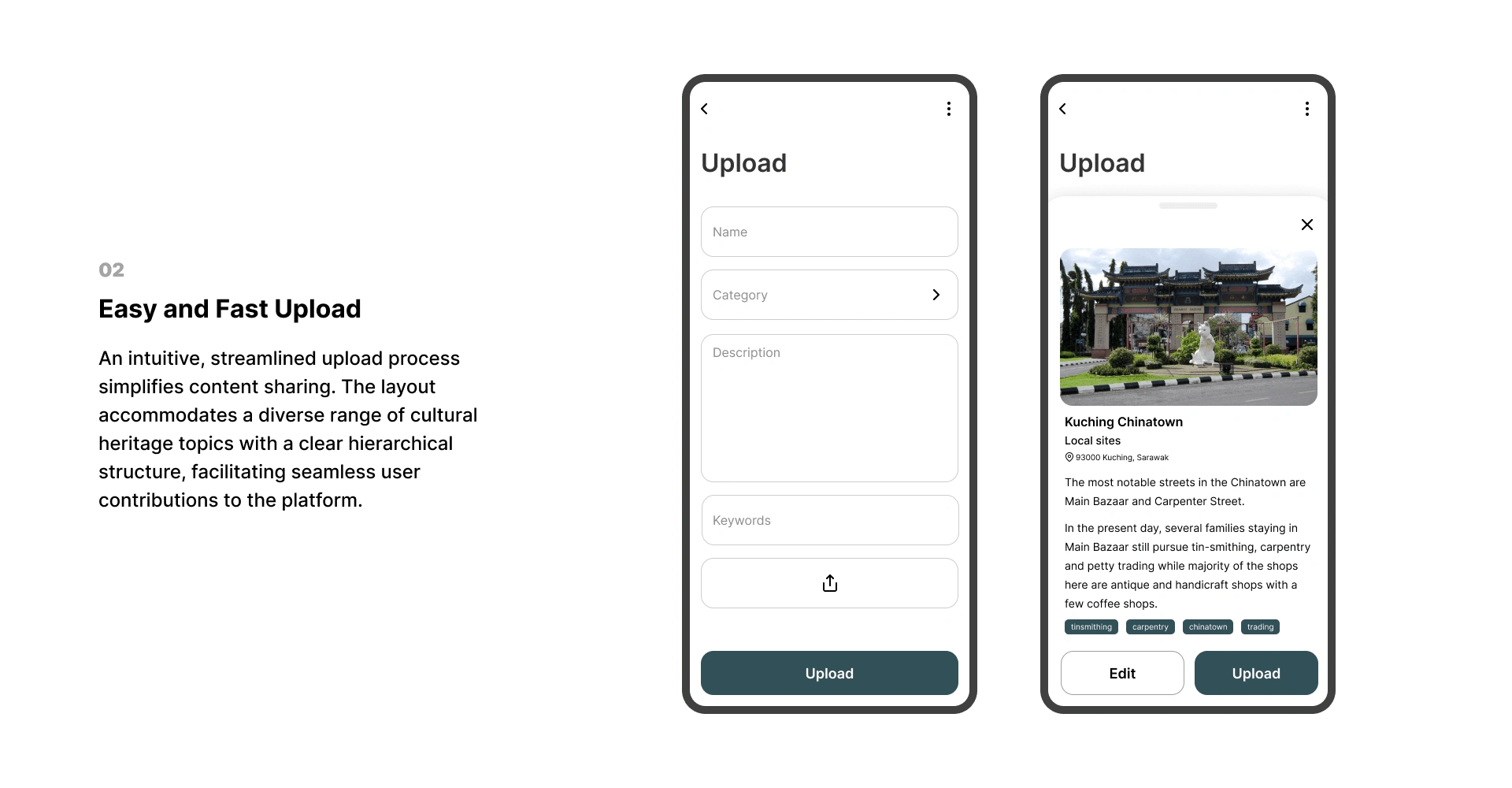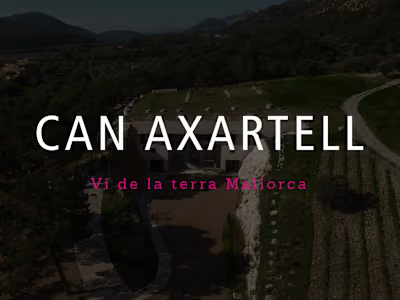CHAMPS - User-Centered Cultural Heritage Platform | UX Design
CHAMPS
CHAMPS (Crowdsourced Heritage Automation Mapping Platform for Sarawak) is a digital platform focused on preserving and promoting the cultural heritage of the Sarawak region. The goal was to optimize the platform to enhance user engagement, usability, and trust, and to appeal to a younger audience, ensuring a sustainable user base for the future.
Prompt
The CHAMPS project aimed to enhance user engagement and usability, attract younger users, and ensure the credibility of the platform by addressing its issues with categorization and interface design.
Design Process

Process Visualization
Initial Thinking
Target Users
Registered users of the CHAMPS platform
Young people (18-25) interested in cultural heritage
Students and community members of Sarawak
Research Methods
Literature Reviews
Online Surveys (Google Form)
Interviews
Co-Design Workshops
How Might We Questions
How might we foster a sense of community among users to increase engagement and frequent interaction on the CHAMPS platform?
How might we design an intuitive and user-friendly interface that simplifies navigation and makes the content more accessible, specifically addressing the confusion around the tangible and intangible categories?
How might we establish trust among users regarding the accuracy of the information presented on the platform, especially considering the importance of expert-reviewed content in the field of cultural heritage?
User Research
Research Goals
Understand User Behavior and Needs: Identify the motivations, behaviors, needs, and preferences of the target users. This includes both the registered users who are primarily contributing content, as well as visitors and travelers who are consuming the content.
Identify Key Features for Engagement: Uncover what features and elements on the platform would most effectively drive user engagement, foster a sense of community, and motivate regular interaction.
Evaluate Usability and Navigation: Assess the usability of the current interface, particularly the ease of navigation, clarity of categories (tangible and intangible), and the effectiveness of the search feature.
Assess Trust Factors: Understand what factors contribute to users' trust in the platform, especially regarding the accuracy of information. This includes exploring the potential impact of an "expert-reviewed" label.
Understand the Needs of Younger Users: Explore what would make the platform more appealing and useful for younger users, considering their unique interests and digital habits.
Research 1 - Existing Systems

Analysis of Existing Systems
User Interviews
Research 2 - Survey & Interviews


Affinity Diagram

Research Findings / Pain Points
Research Finding: The existing system lacks a robust mechanism for user engagement and interaction. A passive 'like' system isn't enough to foster a thriving community, and users are less likely to post frequently because there's no provision for comments and discussions.
Pain Point: Users feel that their contributions aren't valued or seen, leading to less frequent interactions and lower overall engagement on the platform.
Research Finding: Younger users aren't fully engaged with the platform. They need more interactive elements, a sense of community, and spaces to discuss and share knowledge.
Pain Point: Younger users may find the platform unappealing due to a lack of community-centric features and spaces for meaningful interaction, potentially leading to a decrease in the platform's user base in the future.
Research Finding: The platform's current categorization system (tangible and intangible) is confusing for users, and the interface lacks an effective search feature.
Pain Point: Users struggle to navigate the platform and find relevant content, leading to a poor user experience and possible disengagement from the platform.
Prototype
Lo-Fi Wireframe

Design Concept
Visual Identity

High-Fidelity Design
Design Solution




Impact
The design solutions fostered a sense of community and inclusivity, contributing significantly to the platform's active and engaged user base. By facilitating peer knowledge sharing and enhancing user interactions, the project added to CHAMPS' reputation as a valuable support system for cultural heritage enthusiasts.
User Feedback
User Testing
Users appreciated the intuitive navigation and straightforward upload process
The clear and descriptive category structure was well-received
Younger users expressed a positive response to the engaging forum feature
Users expressed trust in the platform, commending the expert-reviewed content label
The personalized home screen experience, which highlighted upcoming events and tailored content, received praise for enhancing user engagement
Feedback - Suggestions
Users commended CHAMPS for its simplified upload process and clarity of categories. There were suggestions for a more personalized user experience and a desktop view for expanded accessibility. Feedback also indicated interest in more direct contact with experts, hinting at a potential enhancement for future iterations.
Reflection
Takeaways
The CHAMPS project was a rewarding journey that underscored the pivotal role of user-centric research in defining design strategies. Observing and understanding the user behavior, their needs and preferences directly informed the development of a platform that caters to both the younger and older generations.
If there were more resources, I would have loved to expand the platform's reach to even more users, incorporating diverse cultural heritage from different global perspectives. Moreover, the introduction of a desktop version could further enhance the accessibility and user experience of CHAMPs.
Presenting the final design to the stakeholders was a significant milestone and affirmed the platform's potential in fostering appreciation and engagement in cultural heritage. It highlighted that as a UX designer, my role transcends crafting a user-friendly interface—it involves shaping meaningful experiences and fostering community interaction. This project was a powerful reminder that empathetic design is at the heart of impactful UX solutions.
Like this project
Posted Jul 25, 2023
Developed an intuitive user interface design for a mobile app to share cultural heritage, focusing on simplifying navigation to improve overall usability.
Likes
0
Views
81








